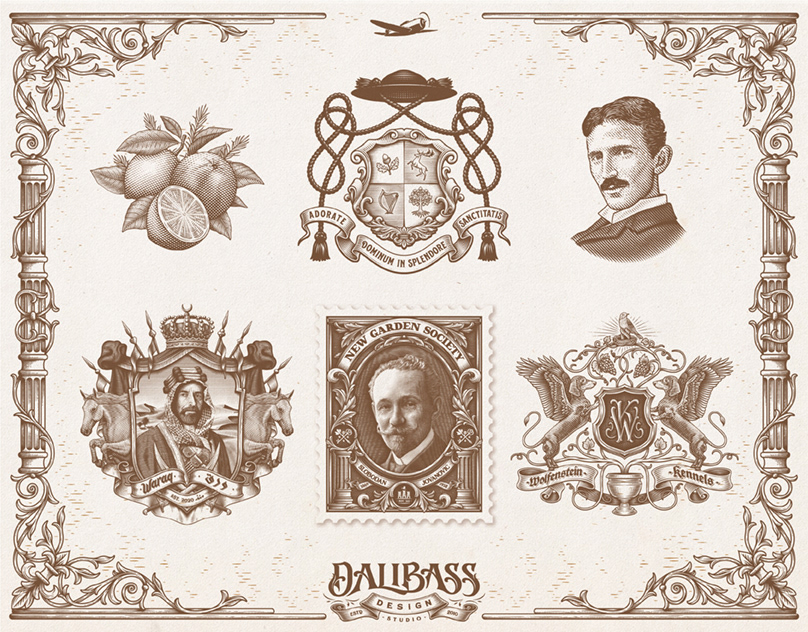
A suite of sweet apps
6 months in Mexico, 4 design thinking workshops, 115 tacos ingested

This design work was for a building materials company. Their initial landscape was very manual and inefficient with little accountability or monitoring. We created an e-commerce site, a suite of iPhone apps, and deployed an IoT infrastructure that revolutionized the way they worked. This project inspired the company to take the spirit of transformation and spread it across their organization, developing an entirely new web presence and business platform.
What the f*ck was my role?
I began my days on this project as a UI designer for an e-commerce platform concept. I worked with two developers and a creative director over the course of 2 sprints to deliver a working prototype. This involved e-commerce design exploration, competitor comparisons, several UI iterations, and understanding the limitations of the Shopify platform we had chosen to build upon.

A lovely journey map and 2 screens of the e-commerce platform I designed. The bulk of this first project was strategy work and a vision of where we could help take the company in the long term. We set up and deployed this working e-commerce experience in roughly 4 weeks. It was very high pressure, super fast paced, and in a different country. As you might imagine, it was a pretty challenging project.
After the first phase of this project, I returned as an iOS designer. First we traveled down to Mexico to shadow users to gain a comprehensive understanding of the company and the pain points of the workflow we wanted to help transform. Then we brought all the stakeholders together for a design thinking workshop in Cupertino, at Apple's Headquarters. There we established consensus around the pain points we were going to tackle, the new workflow the user would experience, and the schedule for delivery.
A UX lead, business analyst, and I worked for several months at the company's headquarters in Mexico, designing, testing, and iterating this first app. I was the primary designer: I owned the design file, I presented the updates to the client, and I helped facilitate brainstorming sessions between the client and my coworkers.
The client was so pleased with the outcome of this first app, they had us repeat this process for another app. Again, the client was pleased and our users were happy, but the client wanted to push further. So they brought in a second team of IBMers to reimagine their entire digital presence. With my knowledge of the client, I aided that team in creating several design strategy deliverables and continued pushing our app designs to create a unified experience between the new digital platform work and the Apple | IBM mobile app work.

—
Apple Quality, User Approved
Being a designer on the Apple | IBM team meant strictly adhering to Apple's Human Interface Guidelines. But with this adherence came an expectation to innovate. Apple's design is driven by designers like myself solving problems. So I leveraged what I could from Apple's core apps and I improvised where I could to curate a great experience for the users. These apps had to be glanceable and have clear dive down actions. A constant challenge was prioritizing the most important information. Naturally, to the client, all the information was important. It took a lot of finessing and user testing, but we finally were able to offer a clean interface with just the right amount of visual and textual data.

—
Give us the Uber of…
The client always said "We want our app to be like Uber." I worked with the client to flesh that out: they wanted a suite of apps that was reliable, sleek, low touch, and transparent. There were several considerations that made this project particularly challenging. First, we had to think forward with an IoT lens: what technology did we have at our disposal and how could we try to innovate toward a more advanced future? Second, since this is a global company, how could we make our designs internationally accessible and adaptable? Thirdly, these apps were being used by people who worked with their hands at construction sites and would also be driving, so how could we design apps that could be used quickly and passively?
I learned how to work with an international company, facilitate designing thinking workshops with translators, and design apps that had other languages in mind. I also had to learn how to design for hands-on work and navigate the legal regulations around app use in a car. Usually when we think of apps we think of the user giving 100% of their attention to our designs, learning how to use it with precision and delighting in the intricacies. This project was focused on how to design around a worker with a giant glove on their hand who could only make a few gestures or a driver who had to be able to see updates about their delivery route without having to tap the phone at all. These kinds of challenges really interest me. They force me to be a different designer, to think more specifically and design more intentionally. I frequently reference this work when I'm presented with usability challenges. I also got a lot of practice collaborating with an opinionated and driven client.

Two beautiful, utilitarian apps and an Apple Watch companion designed to endure the complex and ever-changing ecosystem of construction work.





